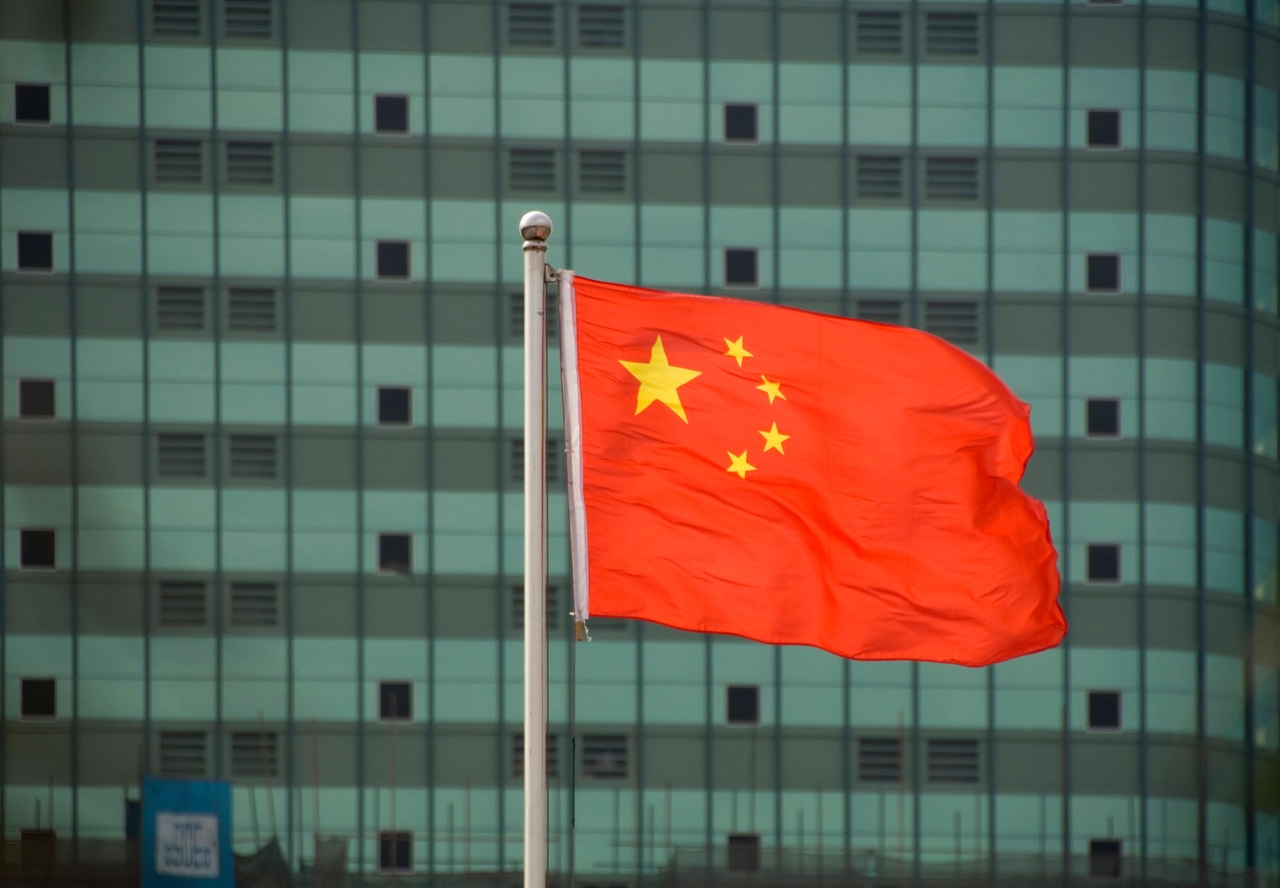Who Will Replace Intel and AMD in China’s Networks?Who Will Replace Intel and AMD in China’s Networks?
China telcos have been given three years to find a domestic-built chip that can replace Intel and AMD. Local alternatives are lacking.
April 17, 2024

The hi-tech contest between the US and China rolls on, with US-made network chips the latest casualty.
The story that MIIT has directed Intel and AMD chips be excluded from China telecom networks appears to be true, judging by the lack of denial from Chinese officials – the most reliable guide we have for verifying China news.
But it is quite a targeted ban, and will not take effect until 2027. Although China accounts for a hefty slice of total sales of both Intel and AMD, the revenue from the telco network sector is a relatively small portion. China banks, cloud companies, and Internet firms are still free to deploy their gear.
Which reminds us that China, like the US, also aims to achieve "clean networks" free of the potential threat from foreign gear. It's part of an evolving trend in China telecom over the past decade and a half, with foreign vendors reduced to bit players in network equipment supply, in particular core networks.
We can't know what the honchos at the ultra-secretive Chinese telcos think about this, but there's a good chance that they feel as warmly as western operators did when denied access to Huawei gear.
Huawei to the Rescue?
The local alternatives just aren't there. The prime choices are all foreign – Broadcom, Texas Instruments, Arm, IBM and Samsung are substitutes offering varying degrees of utility.
Arm may seem a possible option because the China unit is said to be independent of the UK parent. But whether it's Arm or anyone else, it will require some kind of heavy network rearchitecting inside this rather ambitious three-year timetable.
It may well be Huawei to the rescue once again. It has become China's Swiss army knife for ICT. There's hardly a segment it's not involved in.
Huawei is already one of the world's biggest spenders on research, tipping $23 billion into R&D in 2023. Famously last year it also skirted US sanctions to build its first seven-nanometer smartphone chip with the help of SMIC and, almost certainly, some heavy central government funding.
Now it's expanding its chip capabilities to making chip equipment itself, including lithography machines, according to this Asia Nikkei report last week.
Its massive new R&D center in Qingpu, west Shanghai, will supposedly employ 35,000 people in chip design, AI, cloud computing and wireless technology, among other things.
If there really is going to be a China chip that can replace Intel or AMD in the next three years, it's a good bet it will come from Qingpu.
About the Author
You May Also Like







